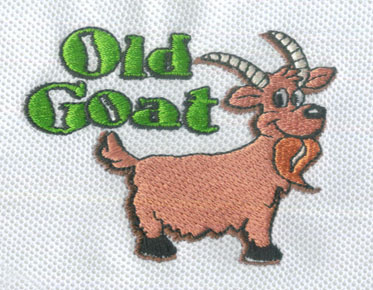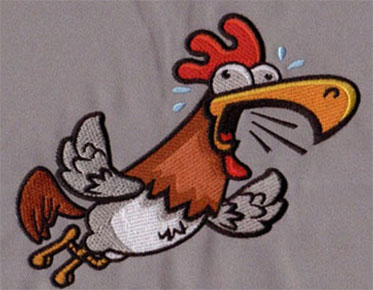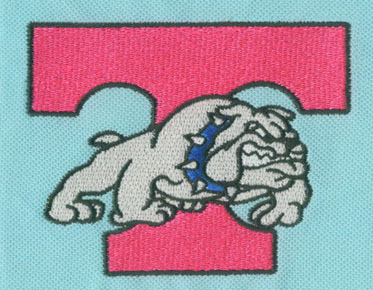Here are 7 Tips to Help You Make Embroidery Look Its Best on Caps.
Embroidery is a great way to personalize
your favorite hats, especially if you're new to it. Here are 7 tips that will
help you embroider designs on hats
with ease and save you a lot of unnecessary frustration. Trying to get
high-quality embroidery designs on hats can be a real challenge when you're new
to embroidery, but with a little practice and experimentation, you can overcome
many challenges.
For best results, always start
designing from the bottom up and from the center out. For better registration,
if possible, complete one part of the design before moving on to the next.
Embroidered designs on standard hats
should be no more than 2.10 inches high, and if you are using a low profile
hat, usually no more than 2 inches high. I try to keep all my hat designs
within the 2" tall category. Many times, your customers will want a repeat
order, but if they decide to change the cap type for the new order, you may run
into problems if the original design doesn't fit the new cap.
Sometimes, if you have more than 1
line of lettering, or if your design has a long line of small lettering at the
bottom, 2 inches is too high for the design. This can be a real problem. Your
underlined letters may pull up in the center of the cap.
Make sure the bottom of the design is
at least a half inch from the seam where the front of the lid and brim are sewn
together. If you are working on the front of a hard hat, your lettering may
become distorted if you sew too close to the bottom of the hat. A lot depends
on how the cover is made and how rigid it is attaching to the brim at the very
bottom of the front. When you hoop your hat, you must ensure that your hat
faces the brim that actually fits snugly into the hat frame unit. If that
doesn't work, you'll have to shorten the design to compensate or twist your
lettering in the opposite direction. Sometimes, simply shortening the height of
the design and moving it up slightly on the front of the lid will do the trick.
If you are using an embroidery design
for the hat created for the left chest, it is not always possible without
editing the design to get it embroidered correctly on the hat. If you have
letters on the bottom of the cover, you'll have better results if you edit your
design so that the letter is stitched out first. I find this works best. Make
sure your font is set to seam center. If your font doesn't have a spliced
center, you'll need to reorder the font.
Always use a hat backing when you loop
your hat no matter how heavy or stiff your hat is. This will also help produce
a higher quality embroidery design on your hat. A 3-ounce tear-off lid backing
is the best choice.
If you're using a hard cap, such as a
FlexFit cap; I've found that steam pressing the cap first softens the backing
and flattens the top of the cap. This brings the hat closer and flatter against
the needle plate and helps to embroider designs on the hat more easily. This is
especially important when you are embroidering designs on youth size hats. They
are smaller and it is more difficult to lay them flat on the needle board.
Iterates through the machine on first
boot. I mean, when you hit the start button, keep your finger on it and don't
let up. This will allow the machine to sew one stitch at a time and it will go
through the really thick parts of the seam. When you press the start button in
the normal way, the machine is running at a fast speed. This can cause the
needle to deflect and break when trying to stitch those thick areas. I believe
you have seen it. If you go with the machine first, it will start very slowly,
you will avoid this from happening and it will help you embroider designs on
hats with ease.
Hopefully, these tips will help you
make the design of your hat easier and make it more enjoyable to use a hat than
it has ever been in the past. This can be quite frustrating until you learn how
to sew patterns on hats with ease. Caps are a true money-maker; they can be
your biggest moneymaker, so it's a great advantage to learn how to sew designs
on a hat.



